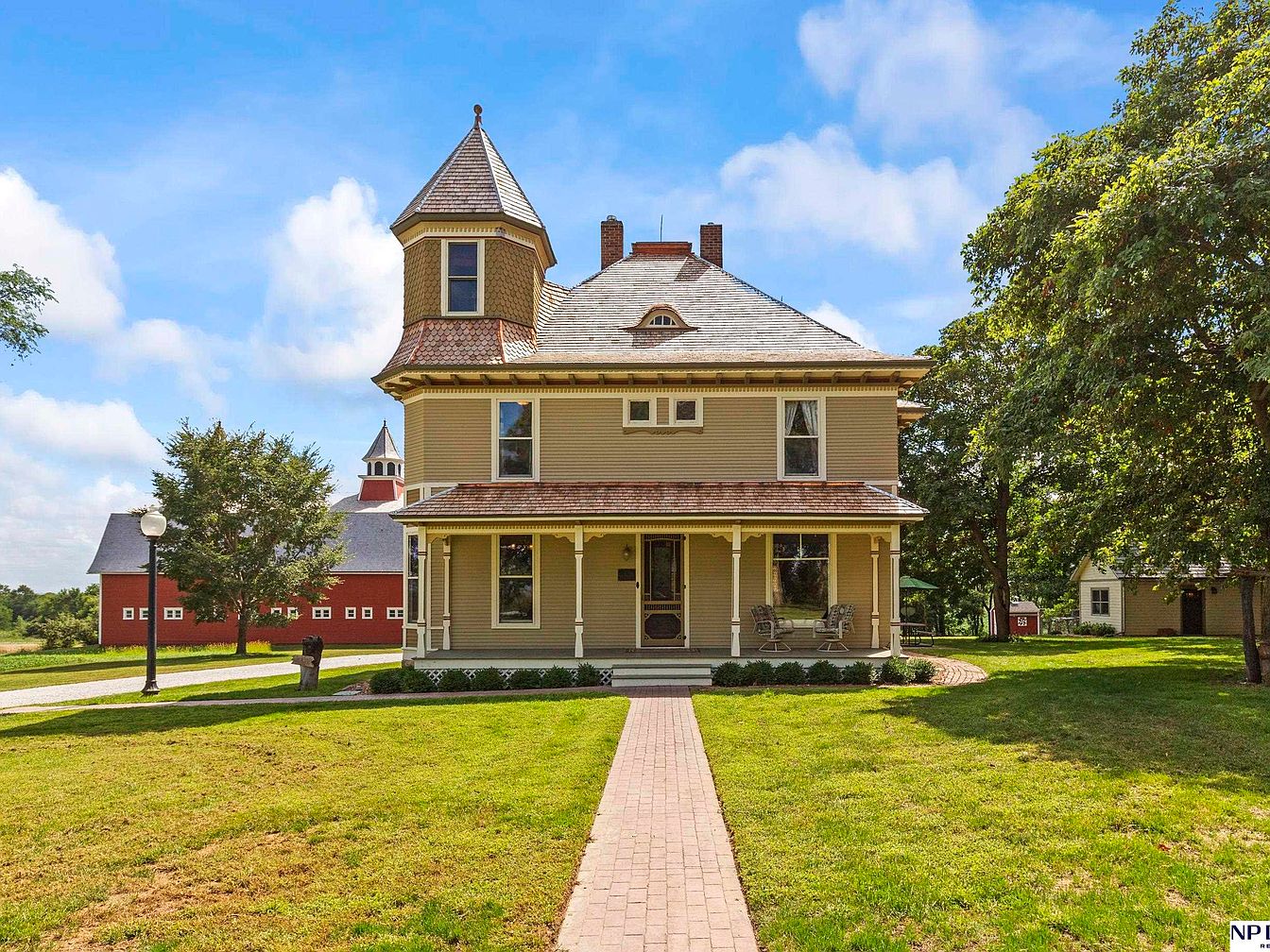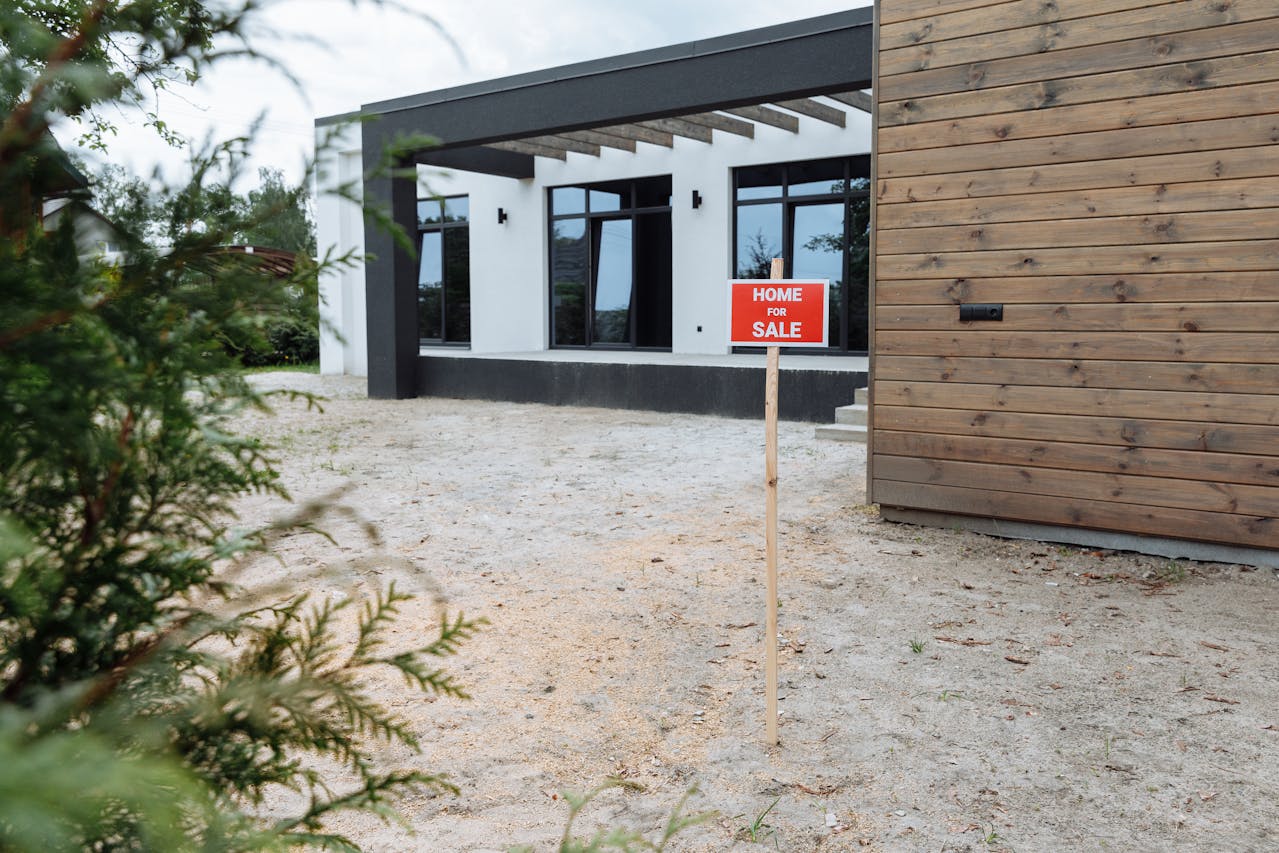Small spaces do not need cookie-cutter bins. They need measurements, habits, and smart zones that match your day. This guide shows seven storage ideas you can size to your room, from a 24-inch entry bench to a 12-inch closet shelf. We note real numbers so you can plan, buy once, and relax. You will see heights, clearances, and weight limits. Safety matters too. Anchor tall pieces, avoid blocking vents, and keep walkways clear. Simple, custom tweaks make tiny rooms feel calm and useful. Measure twice before drilling, and label boxes by room so cleanup takes minutes, not hours.
1. Entry Bench + Hooks Wall
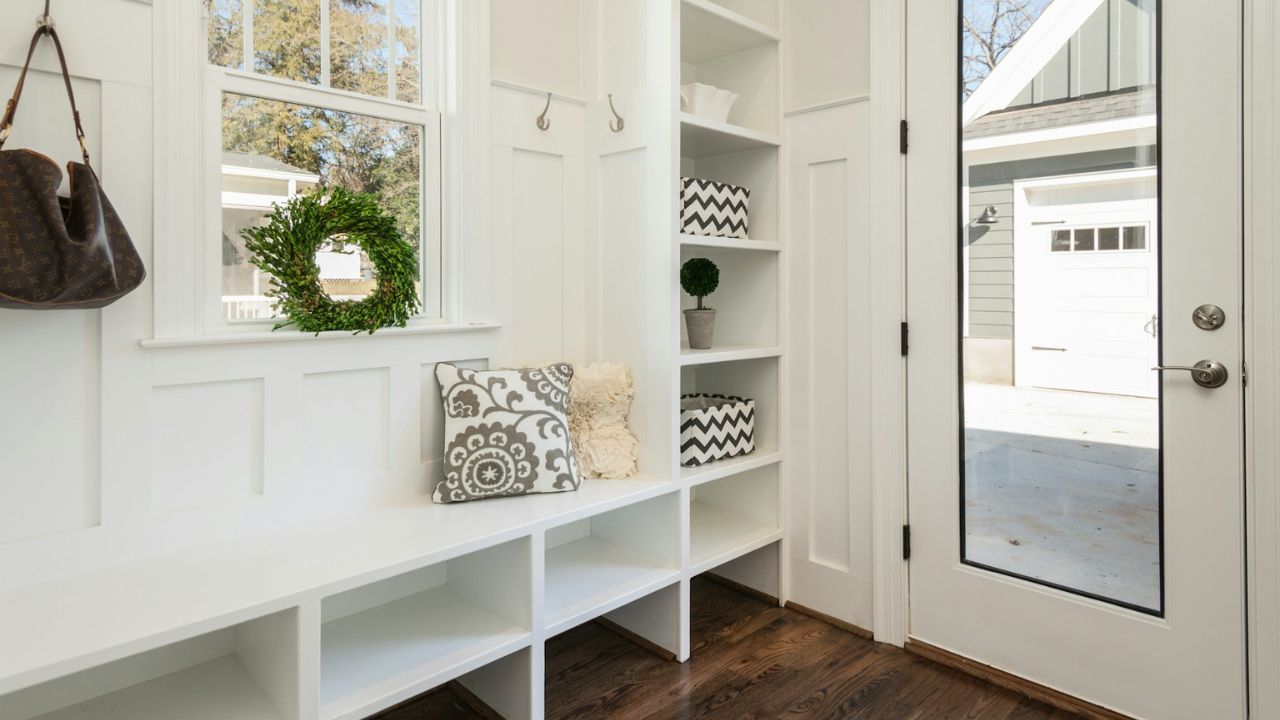
Build an entry drop zone that fits your door swing. A 24 to 30 inch wide bench at 18 inches high gives quick sits. Mount hooks at about 66 inches so backpacks clear the seat. Use a 30-by-15-inch boot tray to catch melt. Add a 12-inch-deep shelf above, rated for 40 pounds per bracket. Leave 36 inches of walkway to meet common hall clearances. Label baskets by person. Safety note, drive 2.5 inch screws into 16-inch on-center studs, and avoid hidden wires with a tester. In wet months, set a small fan on a 30 minute timer to dry boots and cut odors.
2. Under-Bed Storage That Breathes
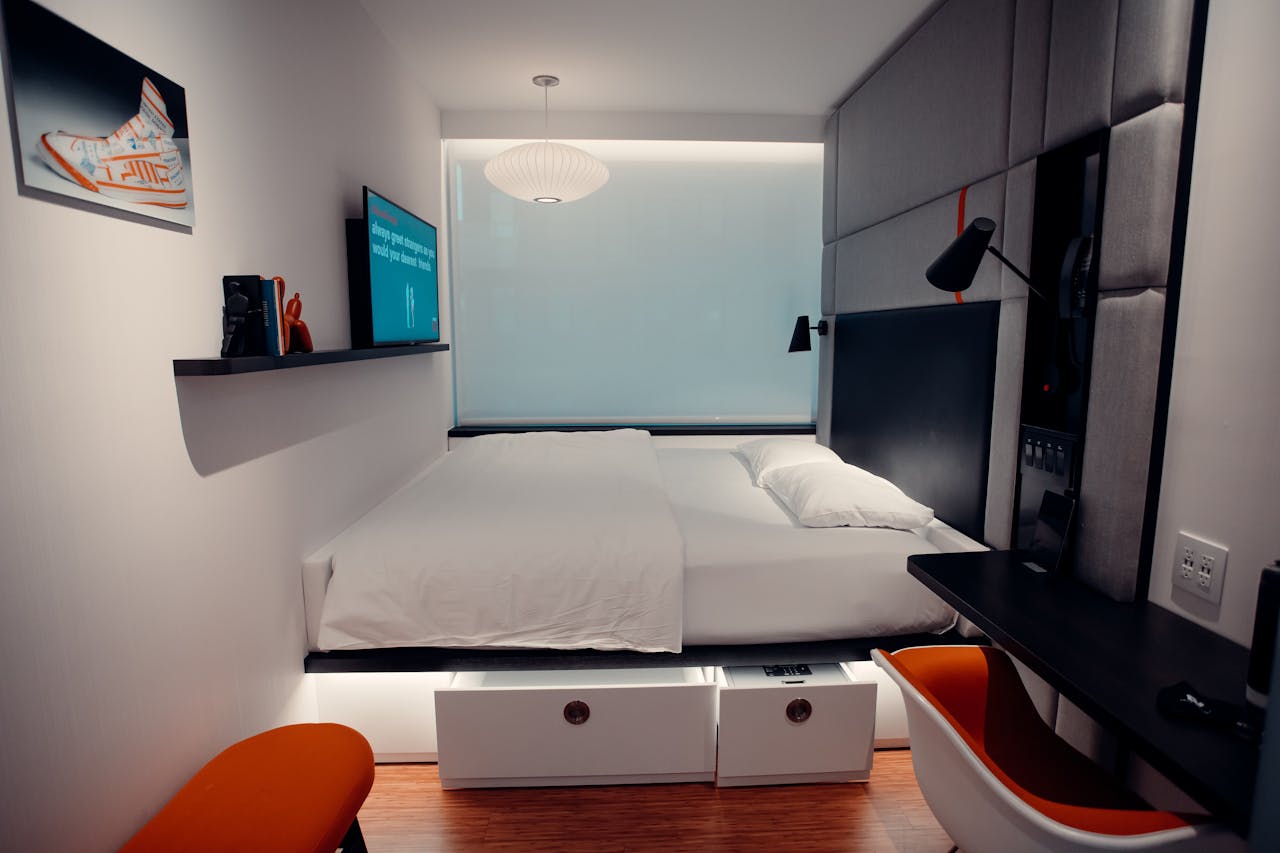
Use the floor under your bed like a shallow closet. Standard queen frames measure 60 by 80 inches, often with 7 to 12 inches of clearance. Pick 6-inch high rolling bins and leave 2 inches for airflow so mattresses stay dry. Slide a 24-inch caddy for cords and books near the headboard. If you add risers, choose sets rated 300 pounds or more, including mattress and sleepers. Do not block floor vents. Safety note: cap power strips at 80 percent load and route cables through a covered raceway. Vacuum monthly so dust does not jam casters, and label bin fronts with 2-inch tags for fast swaps.
3. Double-Hang Closet Layout

Double your closet by stacking rods. In an 8-foot room, mount the lower rod around 40 inches and the upper near 80 inches. Use 12 to 14-inch deep shelves for folded items and shoe boxes. Space hangers at 1 inch to avoid crushing collars. Add a 24-inch clear zone in front so doors and drawers open cleanly. A 36-inch laundry sorter fits under the lower rod. Safety note: Screw brackets into studs or use toggle anchors rated 50 pounds, and keep heavy coats on the lower bar. For small items, mount a 12-by-24-inch pegboard on the side wall and clip hats and belts with spring clamps.
4. Over-Door + Vertical Rails
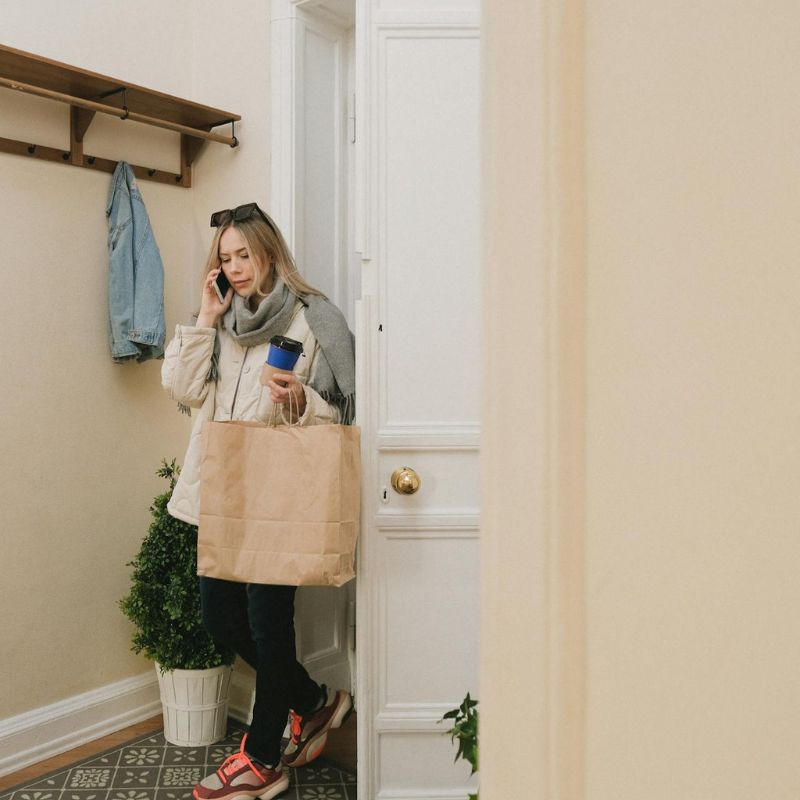
Turn doors into storage. Over-door racks fit most 1.75-inch thick interior doors and add about 60 inches of vertical space. Choose hooks rated 10 pounds each for coats or bags. Add a mirror panel at eye level, roughly 60 inches from the floor. Inside the room, mount a 72-inch rail with sliding hooks for hats and headphones. Keep screws under 1 inch on hollow doors to avoid punctures. Safety note: Test swing clearance so racks do not hit walls, and use felt bumpers where metal meets paint. If noise echoes, hang a 36-by-80-inch fabric panel to soften sound while keeping the rack useful.
5. Rolling Carts for Swappable Zones
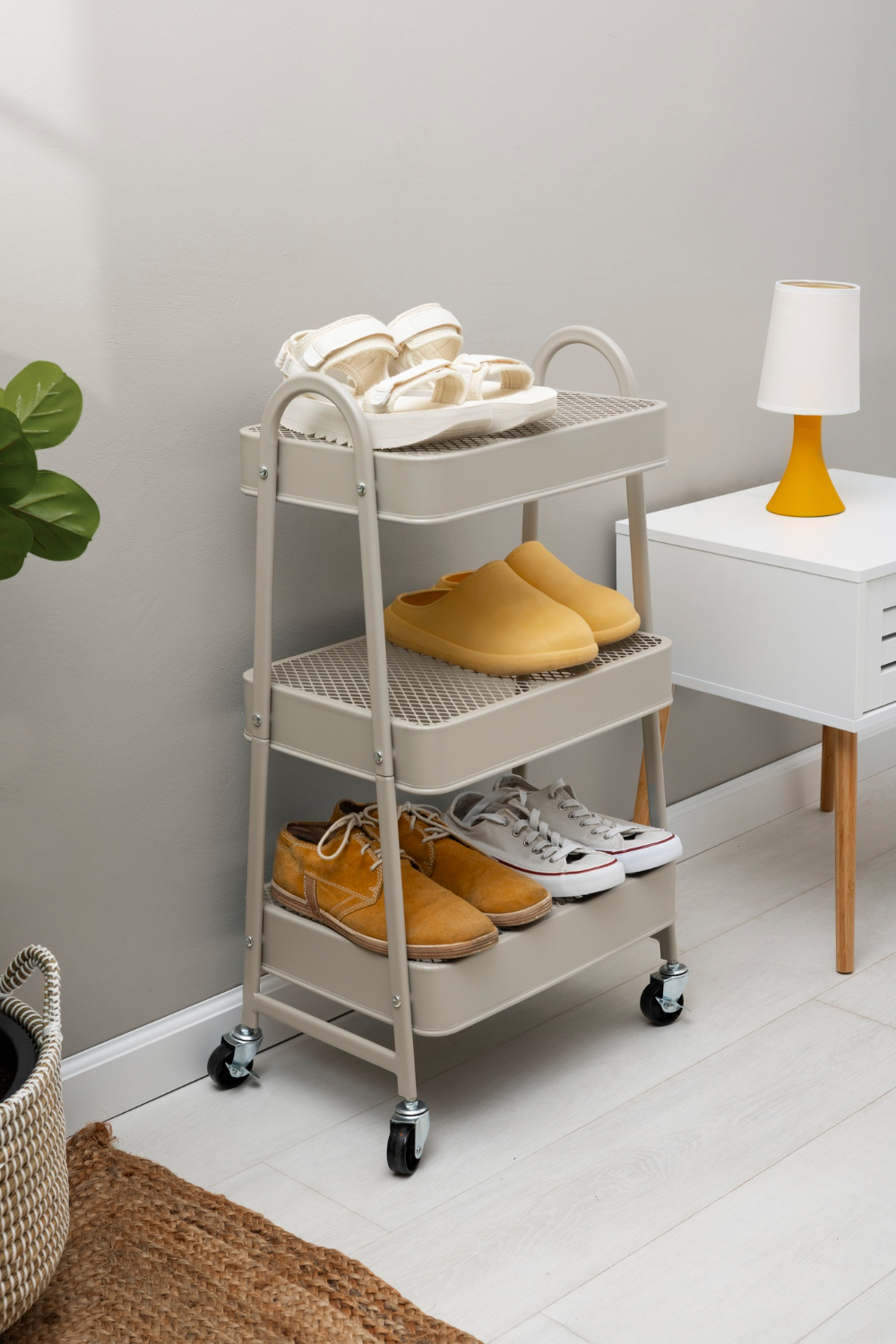
Put small stuff on wheels so rooms flip fast. A 3-tier metal cart with a 24 by 16 inch footprint holds 20 to 30 pounds per shelf. Park it beside a desk during homework, then roll it into a closet. Add 3-inch locking casters to a 30-by-18-inch shelf for a low printer stand. Color-code bins by class or hobby. Measure doorways; many are 30 inches clear. Safety note: Lock casters during use and keep heavy items on the bottom tier to prevent tipping when turning corners. Wrap cables in a 6-foot sleeve, and label chargers with 1 inch tags so they return to the right shelf.
6. Pantry Dividers and Short Drawers
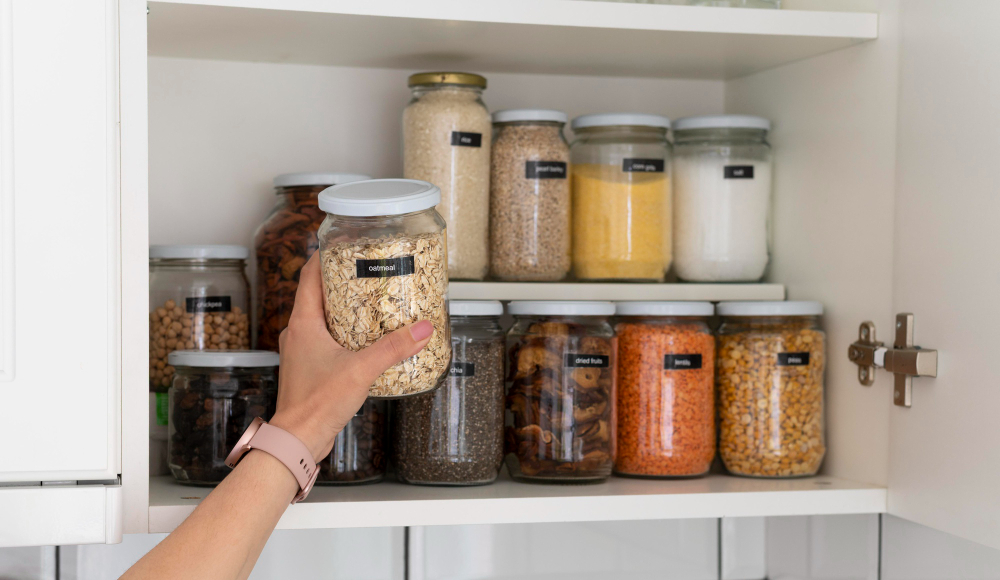
Create a calm pantry with vertical dividers and short drawers. Stand baking sheets in a 12-inch wide rack with 2-inch slots. Add a 10 by 15-inch turntable for oils so labels face front. Use 4-inch tall bins for snacks and print dates in month-year format on 1-inch labels. Door shelves must clear hinges, usually 2 inches. Safety note: Store cleaners on a separate 12-inch shelf away from food, and keep a thermometer at 40°F in the fridge to meet food safety guidance. If you rent, choose peel-and-stick liners cut to 24 inches to protect shelves without damage at move-out.
7. Closet Desk (“Cloffice”) Build
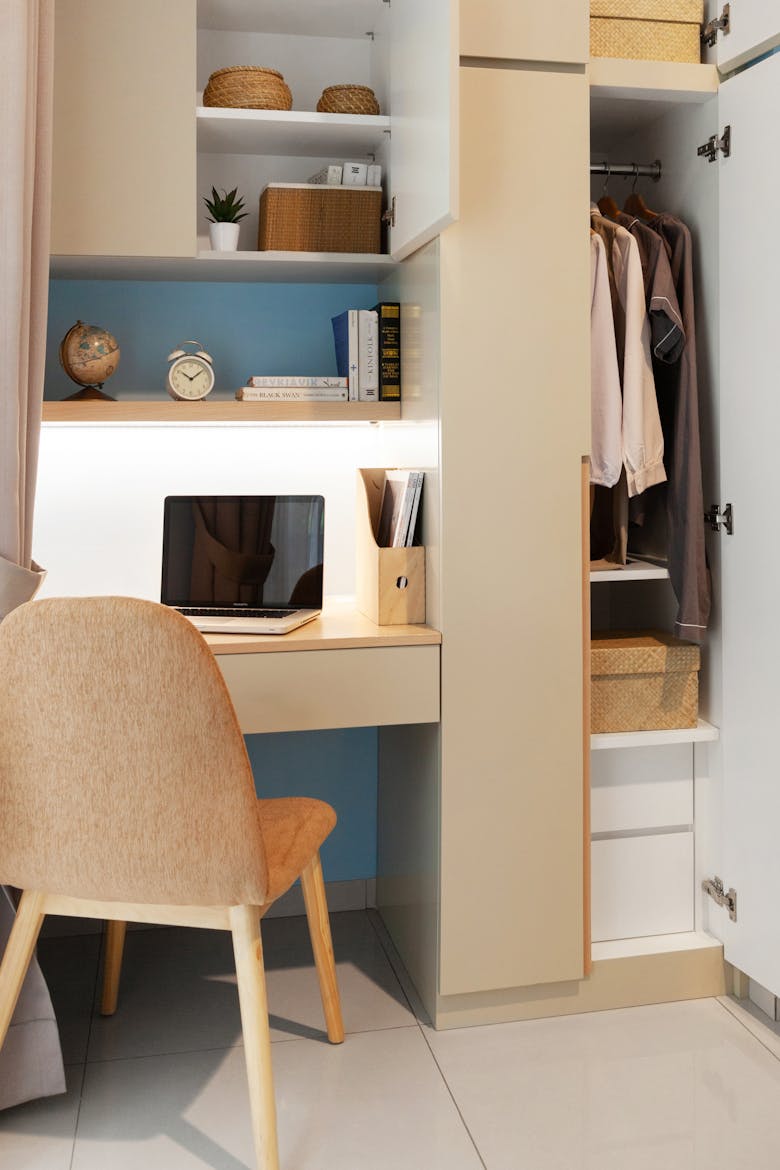
Tuck a study spot into a closet to save floor space. A 48 by 20-inch desktop fits most reach-ins. Mount it at 29 inches high for chair comfort, and run a 24-inch LED strip for task light. Add a cork panel 24 by 36 inches for lists and a 2-outlet surge protector with a 900 joule rating. Keep a 30-inch walkway clear when the chair is out. Safety note: Anchor side supports into studs, and use cable clips every 12 inches so cords do not snag feet. Close the doors to hide work, or swap to curtains on a 36-inch rod if you need softer edges.

